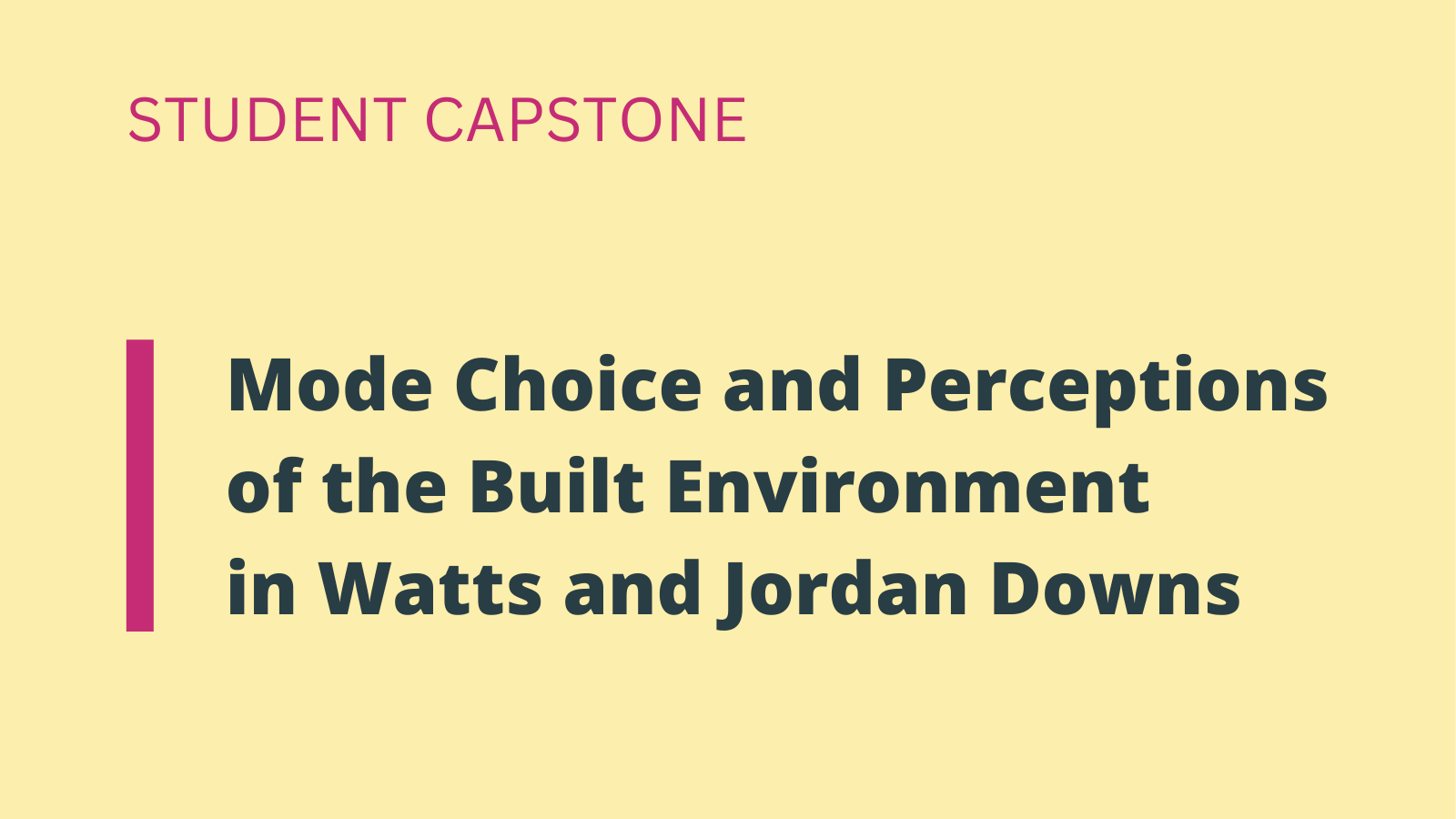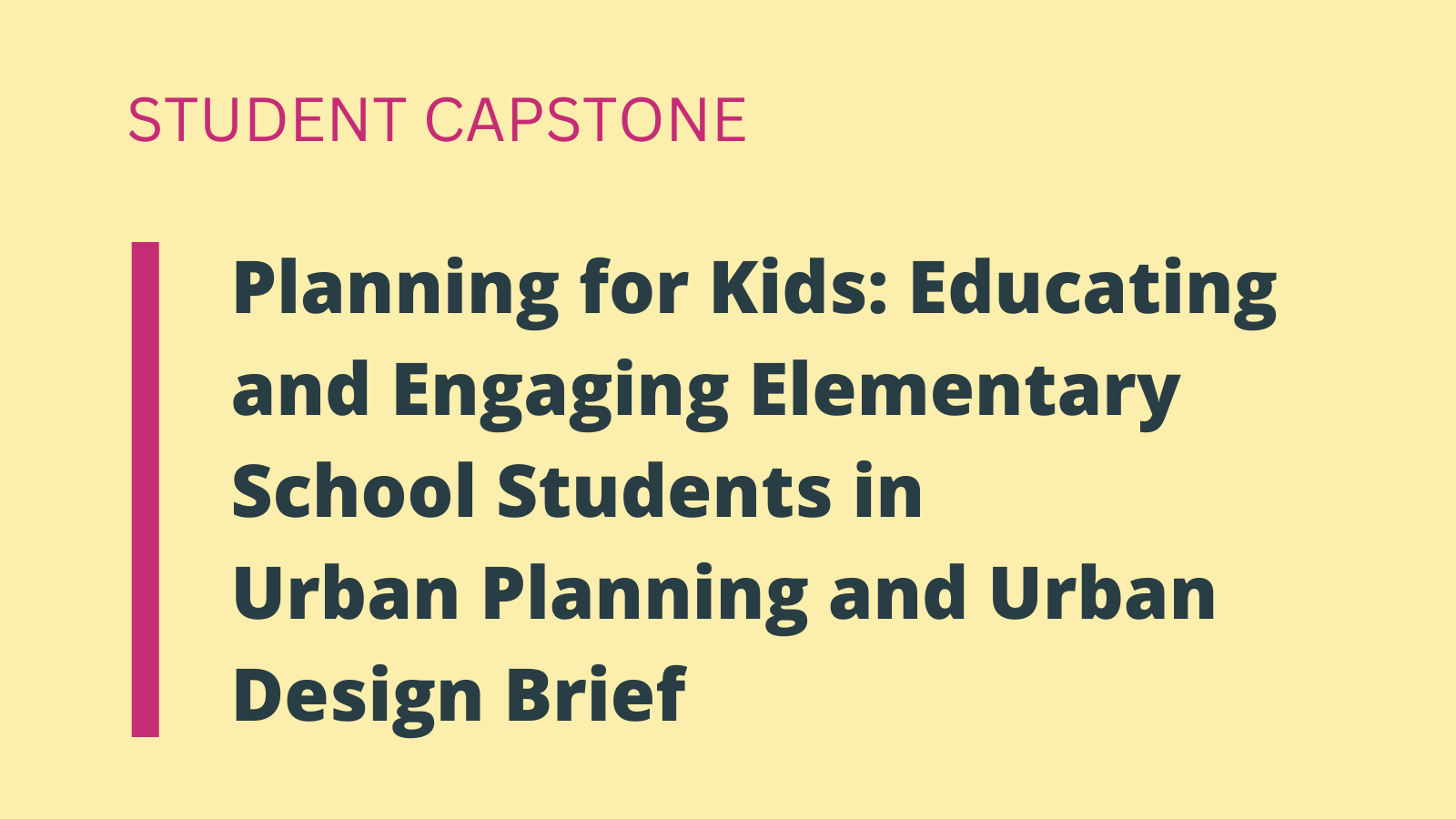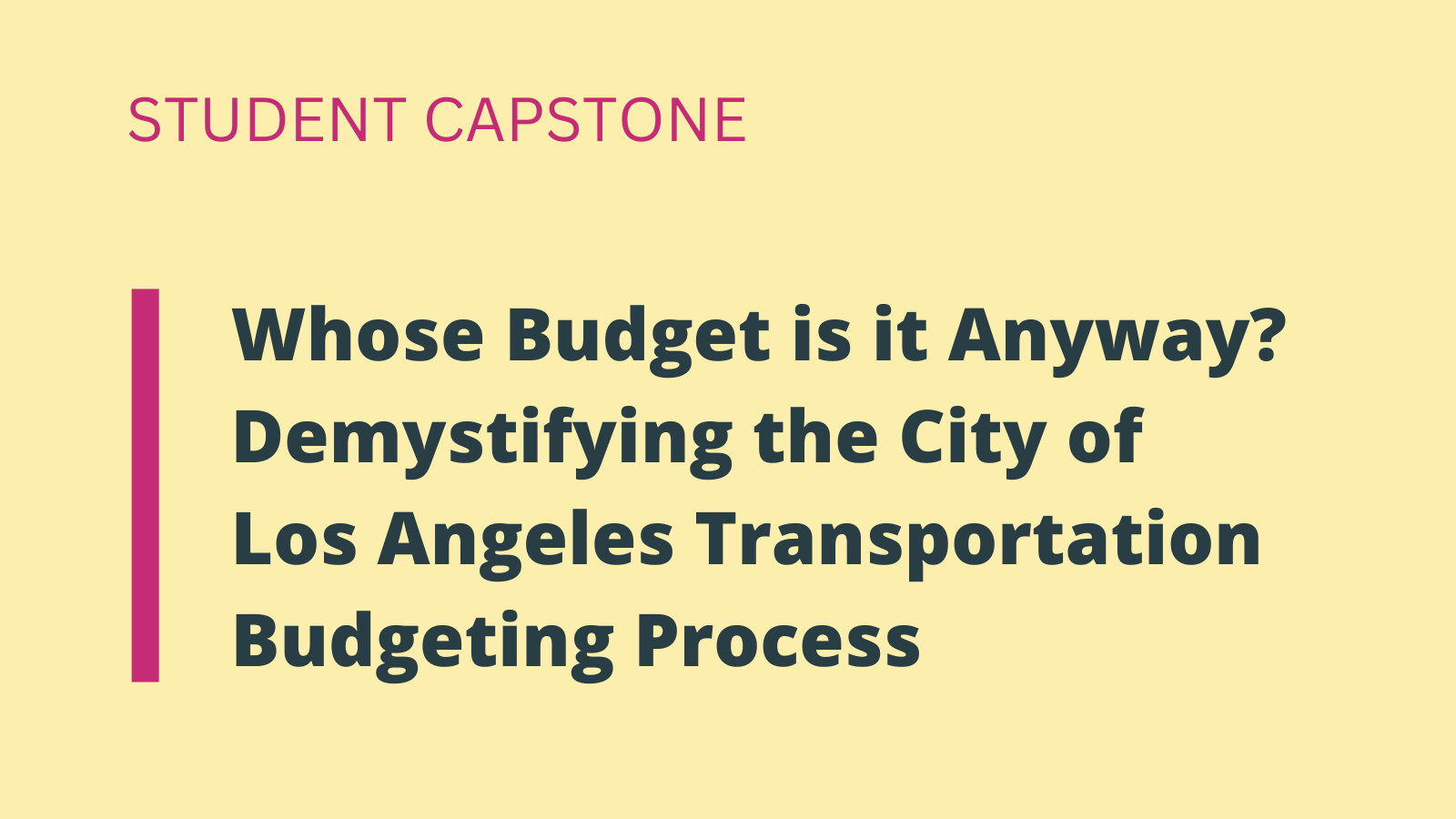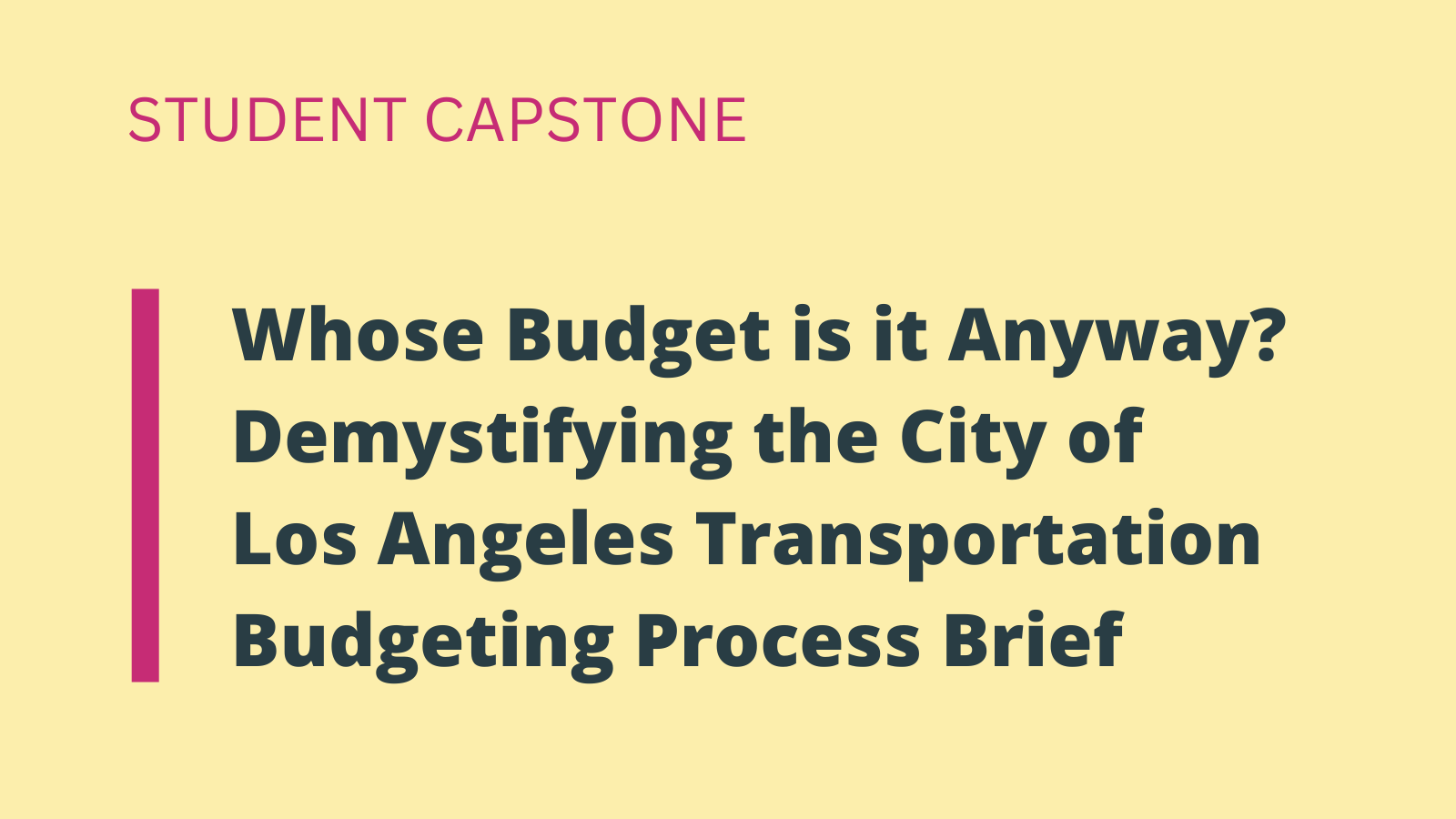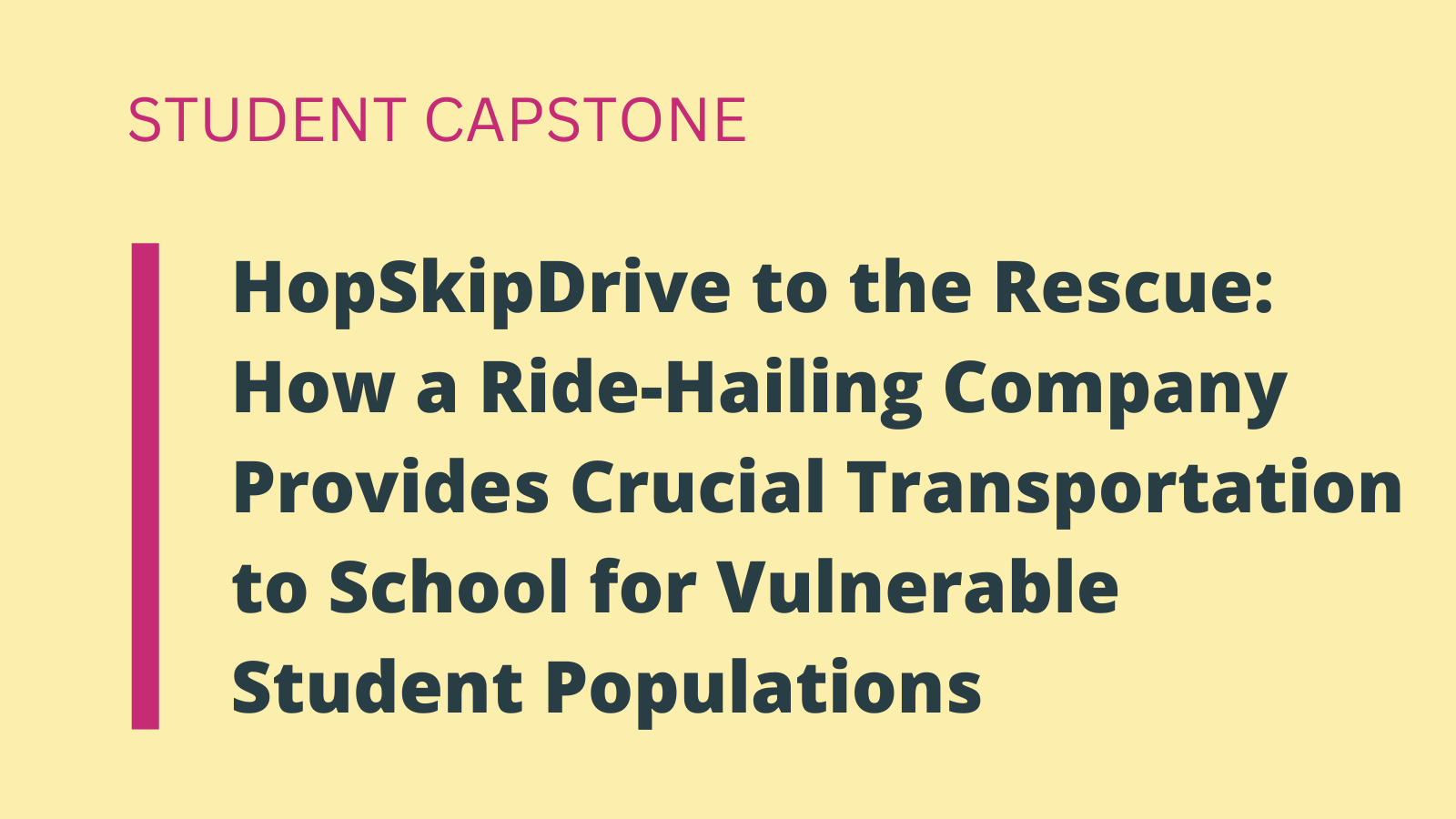Planning for Kids: Educating and Engaging Elementary School Students in Urban Planning and Urban Design
angelawu2025-12-04T16:43:25-07:00Movements to include youth participation in the planning process have increased over time, and programs exist that are helping k-12 children gain both the knowledge and skills to advocate for the world that they want to see in the future.


